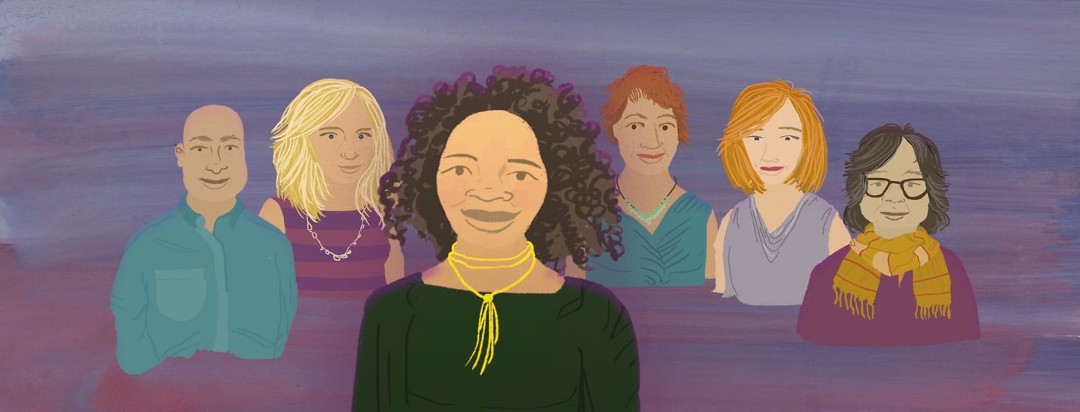Meet the Advocates: Phyllisa's Journey With Diabetes
Our latest 'Meet the Advocates' series includes details about their diabetes diagnosis and management journey. Meet, Phyllisa!
When were you diagnosed with type 2 diabetes?
I was diagnosed with type 2 diabetes in 2011 at the age of 30. I didn't know anything about the signs of high blood sugar, so by the time I went to the hospital, my blood sugar was over 600 and I was heading into a coma. After a week in the hospital, I learned how to manage diabetes and I am still learning something new all the time. I lived with the type 2 diagnosis for 8 years and found out a year ago that I was misdiagnosed. I am one of the many people living with LADA (Latent Autoimmune Diabetes in Adults) that was originally misdiagnosed with type 2 diabetes. It is estimated that up to 20% of people diagnosed with type 2 diabetes could have LADA.
How do you currently manage your type 2 diabetes? How have you in the past?
I managed type 2 diabetes with diet and exercises only, for nearly 3 years. Then I started taking metformin. When my blood glucose numbers were rising even though I was still active and taking my medication as prescribed, I was given insulin to help. Throughout the nine years I've lived with diabetes, I have taken an array of oral medications and injectables.
How do you take care of yourself when you feel frustrated, burnt out, or down?
I remind myself that diabetes burnout happens to everyone and it's a part of the experience living with a chronic illness. I have also come to realize that I have "micro-diabetes burnout." This is what I describe as the small or short-lived daily or weekly moments of burnout. When I hesitate to check my fasting blood sugar or eat the slice of cake and don't check my blood sugar two hours later, this is what I call "micro-diabetes burnout." By acknowledging these moments, it helps me move passed them quickly and not allow them to pile up and fester.
Fun fact: I have participated in more than forty 5k races and have traveled to twenty-two countries.

Join the conversation